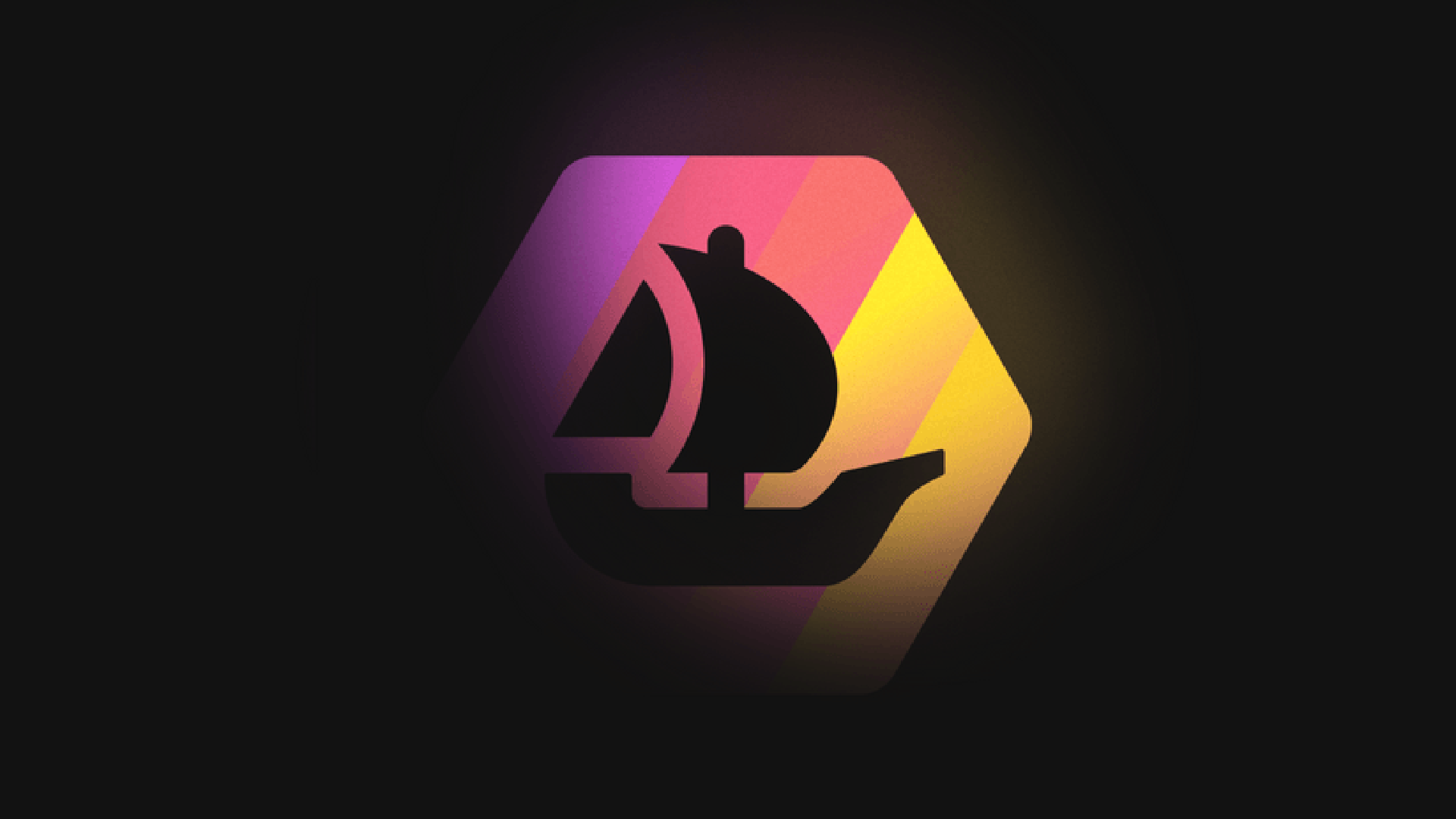This week, non-fungible token marketplace OpenSea took aim at top competitor Blur by launching a new platform targeting pro NFT traders. Reception to OpenSea Pro has been generally positive so far, though it’s unclear yet if the move will be enough to entice Blur loyalists to make the switch.
Meanwhile, American fashion retailer Ralph Lauren will soon be accepting cryptocurrency payments at its newly opened Miami store, and decentralized autonomous organization (DAO) VitaDAO has voted in favor of launching a for-profit company to speed up funding for research into longevity science.
You’re reading The Airdrop, our weekly newsletter where we discuss the biggest stories across Web3. Sign up here to get it in your inbox every Friday.
OpenSea Pro takes sail: NFT marketplace OpenSea, which dominated the market until competitor Blur entered the scene, has launched its OpenSea Pro platform to court professional NFT traders and reclaim its throne. OpenSea has long appealed to collectors and artists for its simplicity and ubiquity, though Blur has managed to edge ahead when it comes to fast-paced traders due to its fee-free structure and trading incentive mechanisms. The two entities have been locked in a tense head-to-head battle in recent months, copying each other’s moves and shifting policies to stay competitive.
Crypto, but make it fashion: American fashion brand Ralph Lauren has opened a new store in Miami that accepts cryptocurrency as payment, becoming its first store to do so. The store is working with service provider BitPay to allow customers to purchase merchandise using bitcoin (BTC), ether (ETH) and Polygon's token, MATIC. While Ralph Lauren has been testing the waters of Web3 for months, integrating crypto payments is a big step forward for the retailer and a potential on-ramp for average customers looking to ease into blockchain payments.
Viva VitaDao: Pfizer-backed VitaDAO, a decentralized autonomous organization (DAO) interested in longevity sciences, has voted in favor of creating a for-profit company to fund its research. The company, to be called VitaTech, plans to license longevity technologies from U.S. universities and research institutions to continue their development and “bridge the gap between research and commercialization.” The execution phase of the project is scheduled for 10 weeks.
Nakamigos
Who: Created by anonymous collective HiFo Labs
What: Nakamigos, a 20,000-edition NFT project featuring pixelated avatars, seemed to have appeared overnight and quickly garnered attention across the NFT community on Twitter. Launched last month, the project taps into the name of Bitcoin’s pseudonymous creator, Satoshi Nakamoto, and added the Spanish word for friend “amigo” to create Nakamigos. Within days of its mint, it reportedly outpaced Bored Ape Yacht Club in the number of lifetime trades and has since amassed over 24,000 followers on Twitter despite it presenting no roadmap or long-term plan for holders.
How: The project’s success has bewildered analysts and traders, though some have chalked it up to clever marketing and a partnership with NFT influencer Sartoshi, creator of the popular mfers NFT collection. The collection allowed holders of the end of Sartoshi (eos) NFT collection to claim free Nakamigos at mint, and heavily promoted a publicity stunt where it gifted 24 NFTs to major crypto influencers including Art Blocks creator Erick Calderon, NFT trader DJ Seedphrase and artist XCOPY that were created in their likeness.
It’s important to note that the origins and intentions of the project remain shady and much of its trading volume has come from eager holders capitalizing on a trend. But will it last? We took a deep dive into Nakamigos, meme culture and their impact on the NFT market, which you can read here.
Bugatti x Bitcoin: High-end car manufacturer Bugatti is working with luxury jewelry maker Asprey on a 111-piece collection of NFT eggs on the Bitcoin-based Ordinals protocol. The mint date is slated for May 4, and prices range between $20,000 to $50,000.
Web3 gaming growth: In the first quarter of 2023, Web3 gaming showed encouraging signs, according to the latest on-chain data analysis from a DappRadar report, which showed Investments in blockchain games and metaverse projects totaled $434 million in March alone and $739 million for the quarter.
What Is Decentralized File Storage?
Last week we dipped into defining decentralized identity, so we thought we’d follow it up with Web3’s answer to cloud-storage giants such as Amazon, Google and Dropbox. Decentralized file storage networks such as Filecoin, Storj and Arweave offer an alternative to trusting all your files to a centralized company.
Instead of storing data with a single cloud company, decentralized file storage protocols cut up your data into tiny pieces, then store packets on pseudonymous computers (nodes) linked up to a decentralized network. Decentralization means that files are protected by a network formed of lots of different stakeholders rather than a single company.
Read more on how decentralized file storage works.

